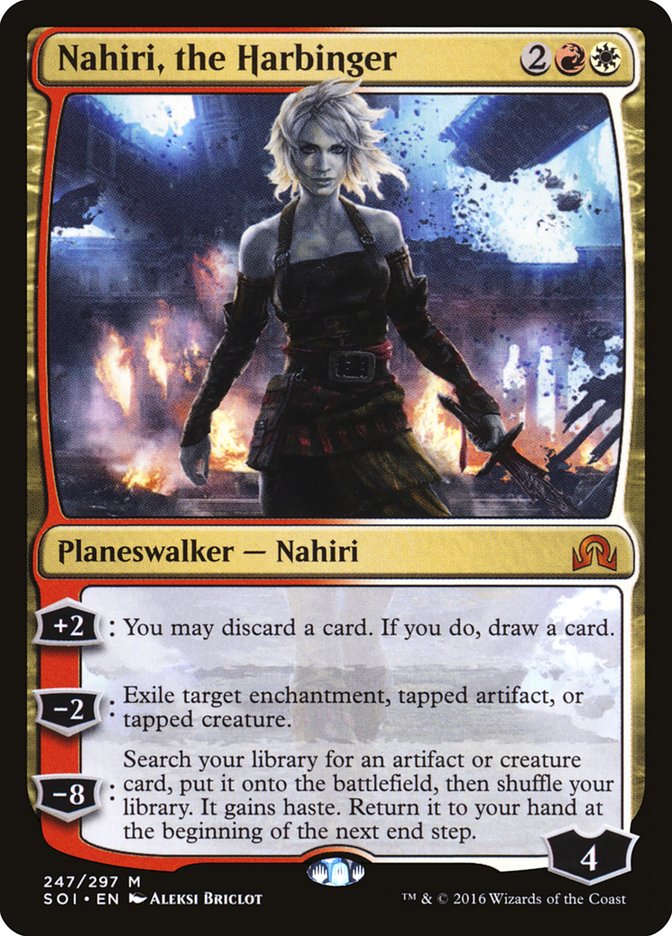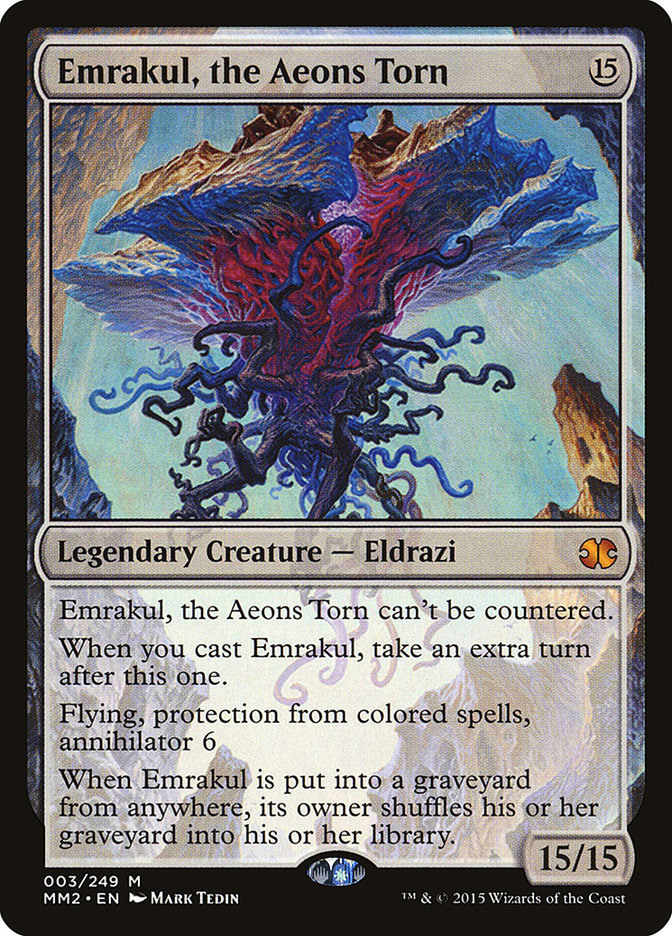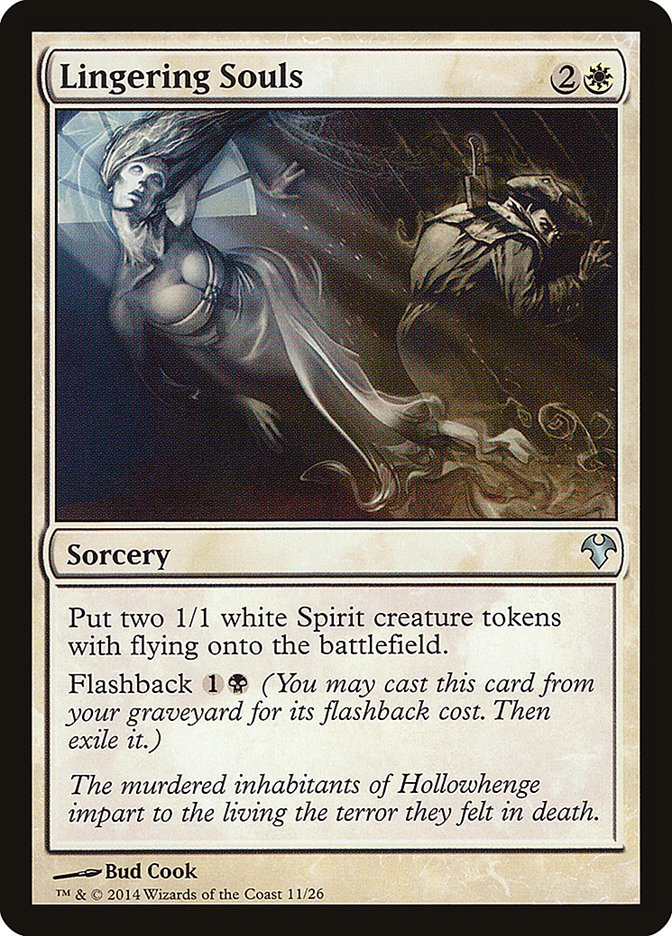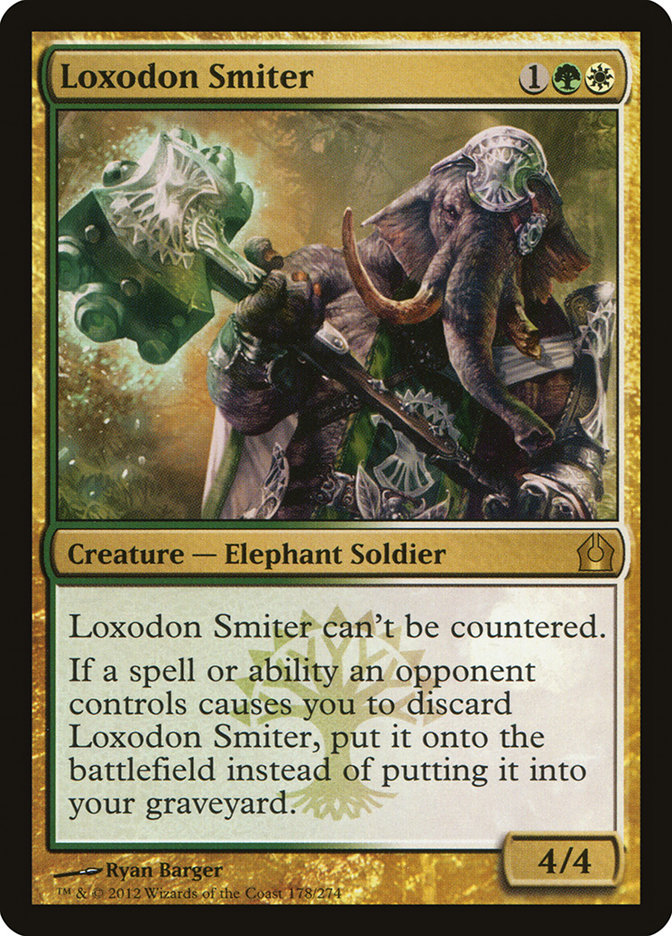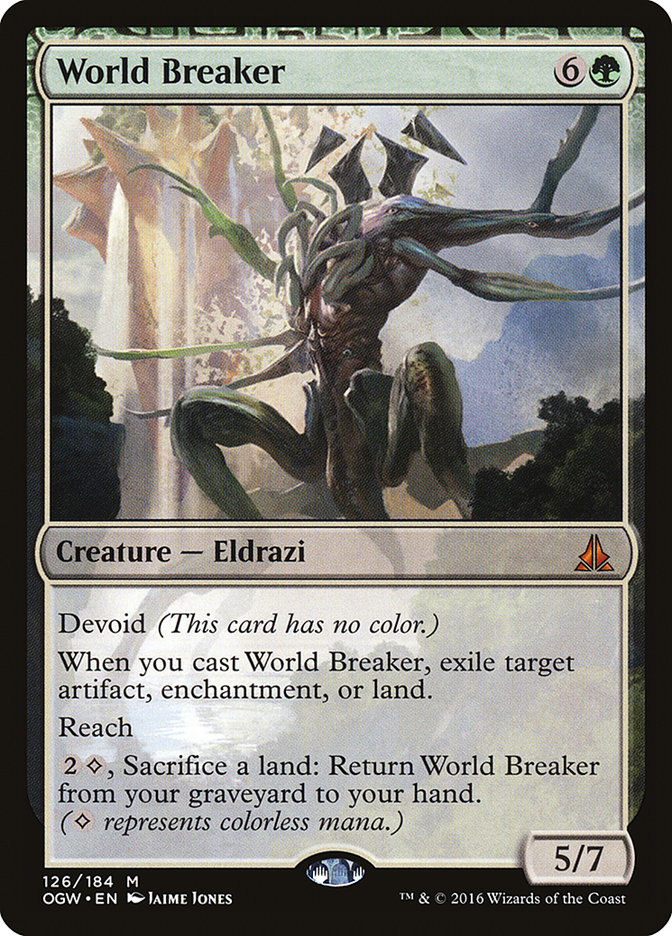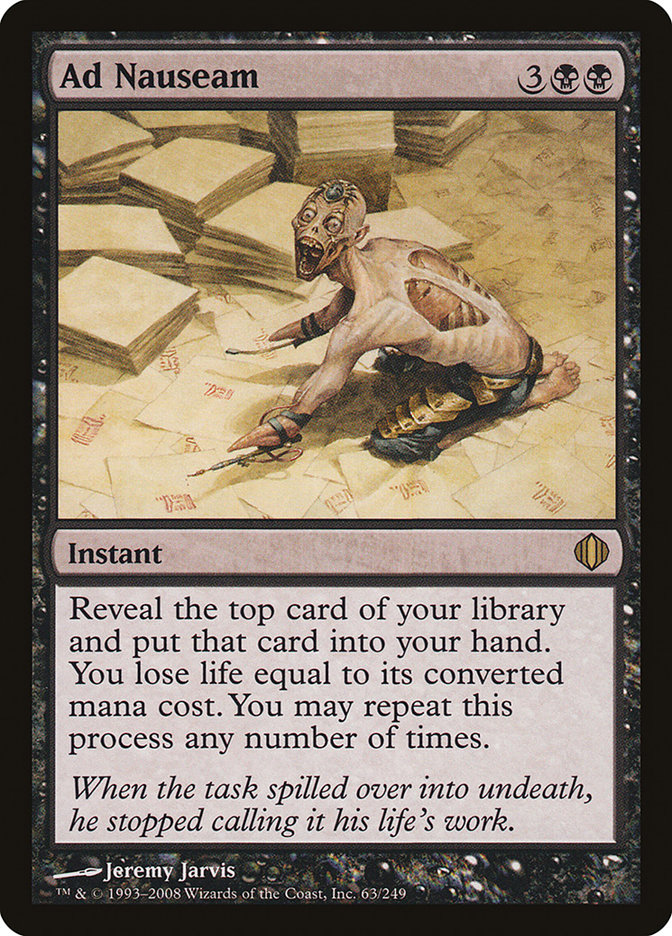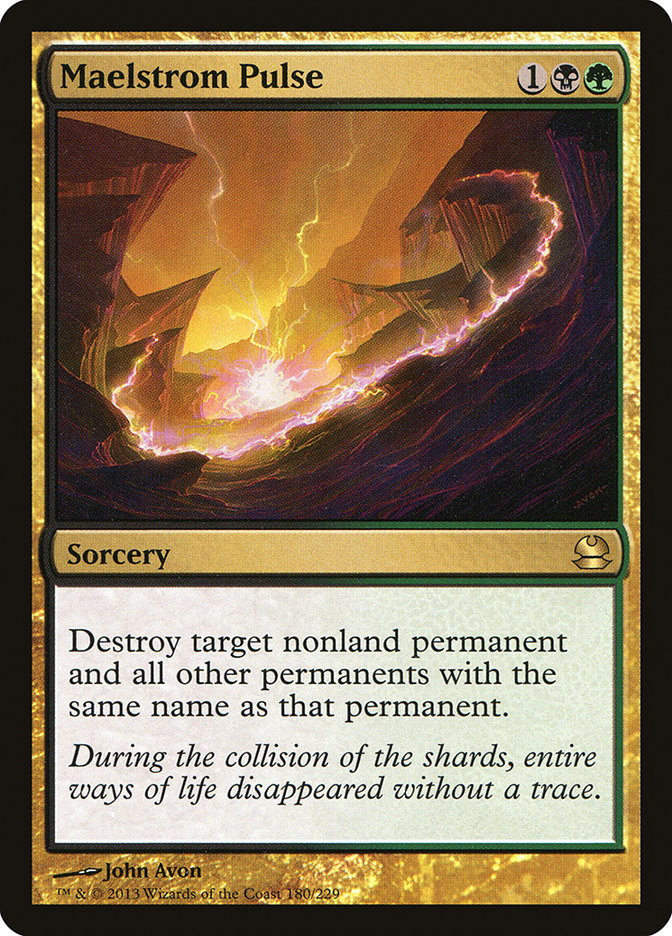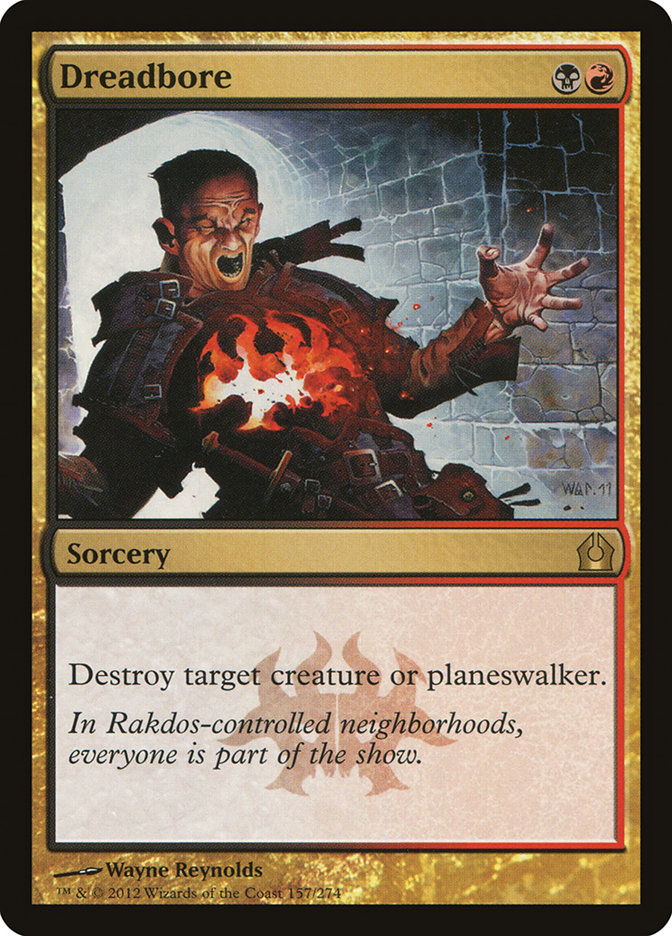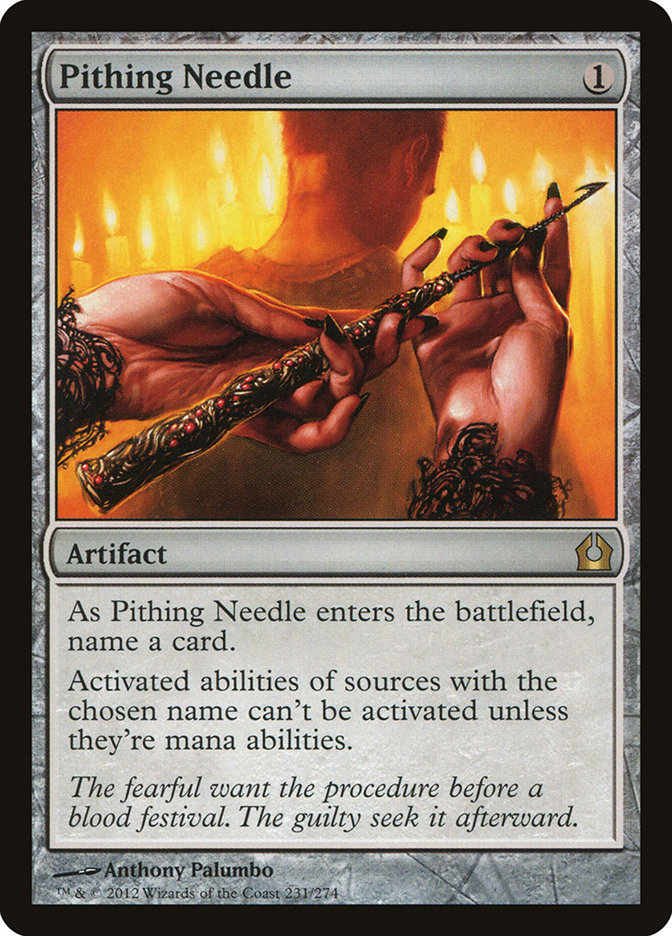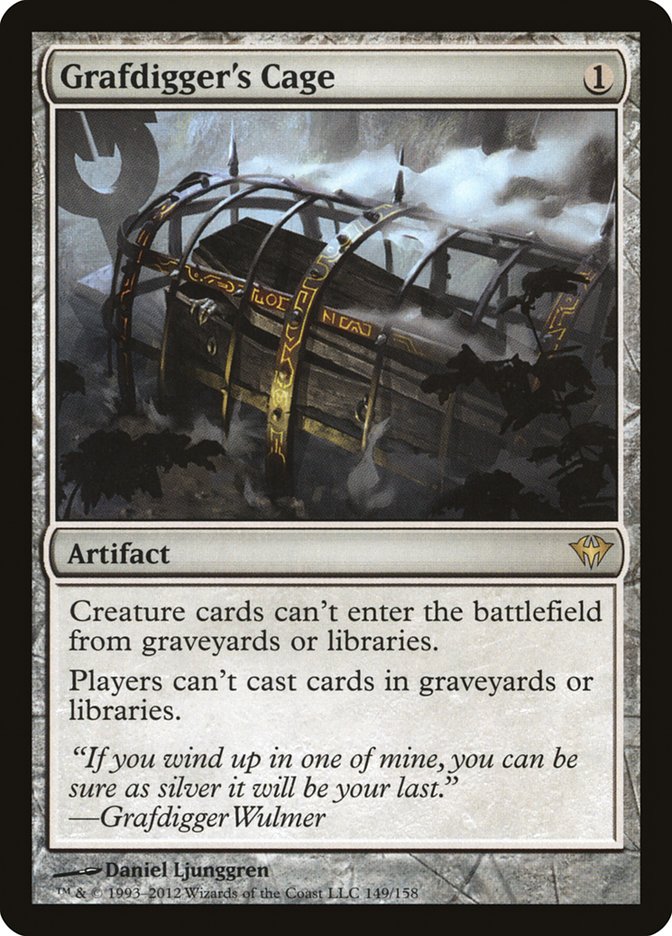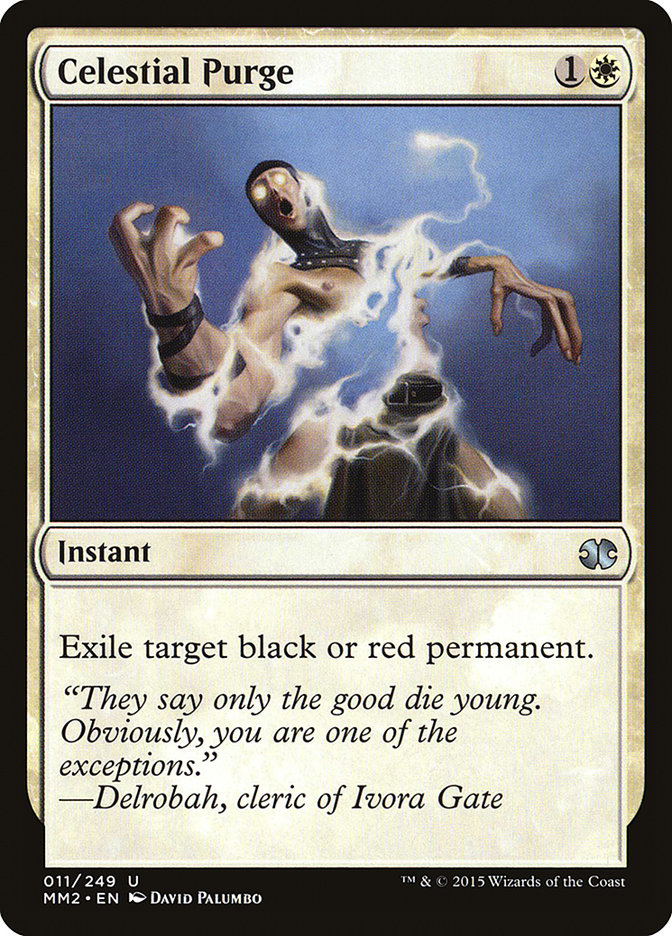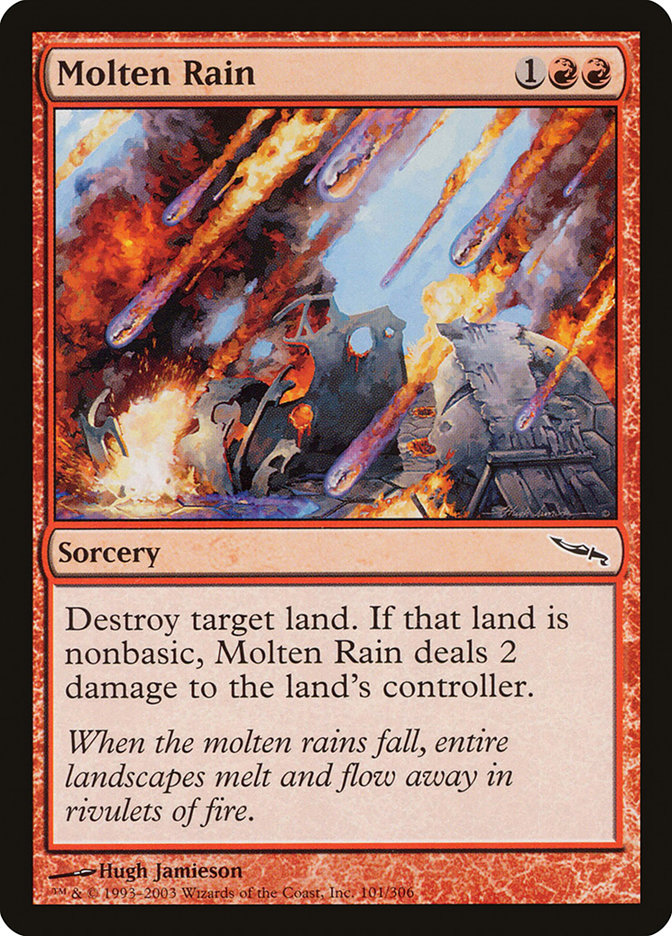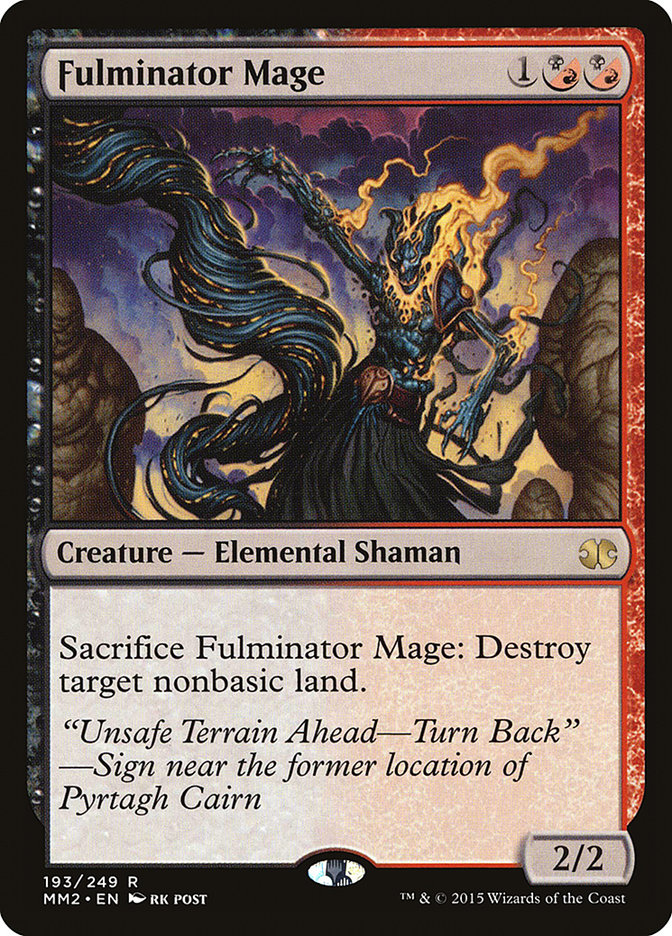I can’t recall ever being happier in a Magic event where I didn’t even make Day 2. I did make Top 8 of the Legacy Classic on Sunday at #SCGINDY, but even as I lost a tight match to Reanimator in my Top 8, my only real concern was that Pete Ingram and Andrew Jessup had won their semifinal matchups to meet in an all-Team MGG finals. After finding out they did, it was also probably the first time I ever hugged someone after losing a Top 8 match.
Playing on a team has added a new dimension to my Magic events. Magic is tough, and it is very common to travel many miles and just have a bad day and win nothing. It’s much less likely for that fate to befall five talented Magic players, and as long as a member of Team MGG is in contention, it feels like I am in contention too. I’m not surprised at all that I did well in the Legacy Classic on Sunday, because unlike most Sundays, where I feel like I’m just trying to salvage the weekend, I felt like I was still battling in the main event alongside Pete and Andrew.
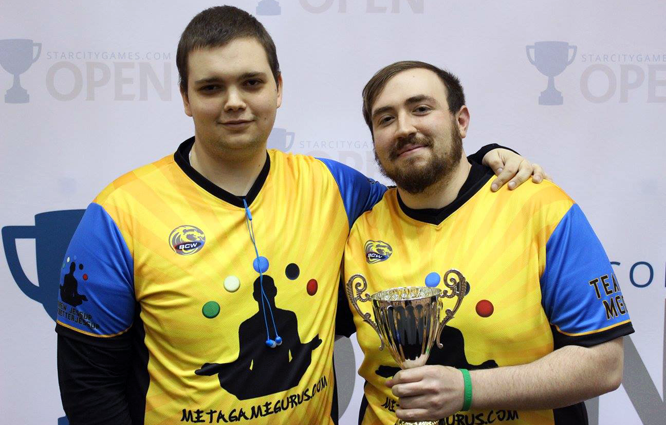
I couldn’t be prouder of Pete and Andrew, who both played some inspired Magic over the weekend. While Andrew had a fantastic run and played his Infect deck like a master, Pete truly crushed the tournament with an overall record of 16-1-1 playing the team’s Jeskai Nahiri deck. Having such an impressive record in a large event is very difficult and usually requires a bit more than just play skill to achieve. But while the extra ingredient is usually luck, Pete had something else in mind:
“The Bluff” starts at 8:13.
Sometimes the cards just don’t line up well and you are set up to lose. Your opponent has it and you don’t, and you are dead to rights. So what do you do? Scoop ’em up, pack up your stuff, shake hands, and sign the match slip?
That’s not how trophies are won.
I heard murmurs of Pete being dead to rights against an Infect player and bluffing his way out of it at the event hall, but I didn’t actually get to see it until I got home. Now you can watch it for yourself and notice how well Pete subtly sells it to his opponent. Pete knows he is dead if his opponent plays a pump spell, but he also knows that his opponent will be blown out on camera in a tight Game 3 in Day 2 of a big event if Pete has the removal spell. Pete capitalized on this fear and took the game and match based on the slightest motion of his hands futzing with his Mountain.
Watching the replay, we can see there are two stages to the bluff. When Samuel starts his turn with Might of Old Krosa, Pete first reaches for his Mountain, ponders, and then eventually decides to play Negate instead. Of course, I say “instead” even thought that I know Pete has nothing else to cast, but doing this plants the seed of a removal spell into Samuel’s mind.
Later in the turn, when Samuel goes to attack, Pete once again subtlety reaches for his lands, tries to play it off like he was just rearranging them, and then allows combat damage. If any of this is done incorrectly or looks too much like Pete is Hollywooding, Samuel likely goes for the kill and ends the game.
These sorts of mind games don’t come up too often in any particular game of Magic, but a good player knows exactly when to pounce on them and use them to their advantage. Pete doesn’t go full Hollywood or try and oversell it; he just does what any player who is unsure about when to time their removal spell would do. That tiny move of his hand ultimately won him the match and perhaps led him to winning the entire event.
People often say leave matches saying “there was nothing I could do about that one,” and it would have been easy for Pete to leave this match with a loss saying the same thing. Instead he found the outside-the-box winning line and took the game and the match.
Creatures (6)
Planeswalkers (4)
Lands (24)
Spells (26)

Kevin and I also played the same Jeskai Nahiri deck that Pete played, but some poor play on our parts left us on the outside looking in for Day 2. Despite this, the deck felt awesome. It is most certainly not broken, but adding Nahiri, the Harbinger to the standard Jeskai control shell does wonders for the deck.
The issue with control decks in Modern is that there are just far too many things to prepare for. Trying to go deep into a game against every deck in Modern is a risky proposition because it’s extremely difficult to build your deck to prepare for everything. Show me a control deck that is losing a game it had control of because it just isn’t prepared for the threats coming it’s way, and I’ll show you a control deck that’s not going to win a tournament.
So instead of trying to play a million turns and control the game forever, just annihilate them for six permanents and fifteen damage and call it a day!
Nahiri, the Harbinger gives the control deck initiative and puts the pressure on your opponent to do something very quickly or just die on the spot. Nahiri also has a reasonable amount of utility, as it can take out some random creatures or enchantments as well as filtering your draws. The best kind of win conditions are incidental ones, and Nahiri fits that bill perfectly.
How to Beat Nahiri
Of course, with Nahiri, the Harbinger now becoming a major pillar in the Modern format, the question becomes “how do I beat it?”
There are two paths to take here. You can either sculpt your deck around beating Nahiri or simply try to find tools that will fit into your existing deck to improve your matchup either pre- or post-sideboard.
One of the best ways to beat Nahiri is to apply good early pressure that is resistant to Lightning Bolt and Remand. If you can overload their Path to Exiles and circumvent their Lightning Bolt effects, you can often overrun them, as most Jeskai Control lists with Nahiri don’t play any cards like Supreme Verdict. Putting them on the back foot also makes their counterspells weaker, because they won’t be able to leave mana open for them it’s very hard for them to tap out for Nahiri.
The other way is to just sidestep the removal completely with either a powerful combo or threats that do their job when they enter the battlefield and are resistant to countermagic. Jeskai Control often has to resolve a four-mana sorcery-speed spell and then wait two turns to win. If they are bogged down with keeping mana open for countermagic so you don’t kill them, then landing Nahiri is going to be very hard to do. This makes them have to try to win with Snapcaster Mage and Lightning Bolts, which is a much more manageable proposition.
Of course, changing your entire deck or picking up a new deck is not always an option. Even if it is, Modern is such a wide-open format that you may not even play against Nahiri more than once. This makes shifting decks a risky proposition and puts more emphasis on just having the right answers in your current deck.
I would not be surprised to see Jund and Grixis decks move toward removal spells like Dreadbore or Maelstrom Pulse in the future, as they are a bit clumsier than Terminate but answer Nahiri very cleanly. Jund often has issues with powerful cards that cost more than three mana and both cards clean up those issues nicely.
Out of the sideboard, Pithing Needle is perhaps the cleanest answer to Nahiri and can be played by any deck. You can be preemptive with it, and it is so cheap and easy to cast that it’s not hard to slip it in at some point before turn 4. As constructed, the Jeskai Control deck has very few answers to artifacts, and a Pithing Needle will nullify five of their cards and force them to find other ways to win. Pithing Needle has some serious diminishing returns and you must attack them in other ways, but it is a good tool. Grafdigger’s Cage is a similar but worse option, as it shuts off Nahiri’s ultimate but nothing else while also shutting down Snapcaster Mage.
Celestial Purge was already a great sideboard card before Nahiri’s rise to prominence, and it gets even better now. Celestial Purge is a great answer to hard-to-remove planeswalkers like Nahiri and Liliana of the Veil and can also just kill a creature in a pinch as well.
Last, land destruction and other mana denial effects like Molten Rain and Fulminator Mage are very effective against a deck trying to resolve a four-mana planeswalker. They will need to be backed up with proper pressure, but Jeskai Control needs to resolve Nahiri and then survive for two more turns while they protect it. This can be very difficult for them when their mana is contained and restricted.
What’s Next?
It was a great weekend for both Nahiri, the Harbinger and Team MGG, but Nahiri is definitely beatable. Modern shifts at breakneck speeds, as evidenced by there being three Abzan Company decks in the Top 8 of #SCGMKE and then zero in all of Day 2 a few weeks later at #SCGINDY.
Who knows what the next phase of the format will be this weekend at #GPCharlotte?




